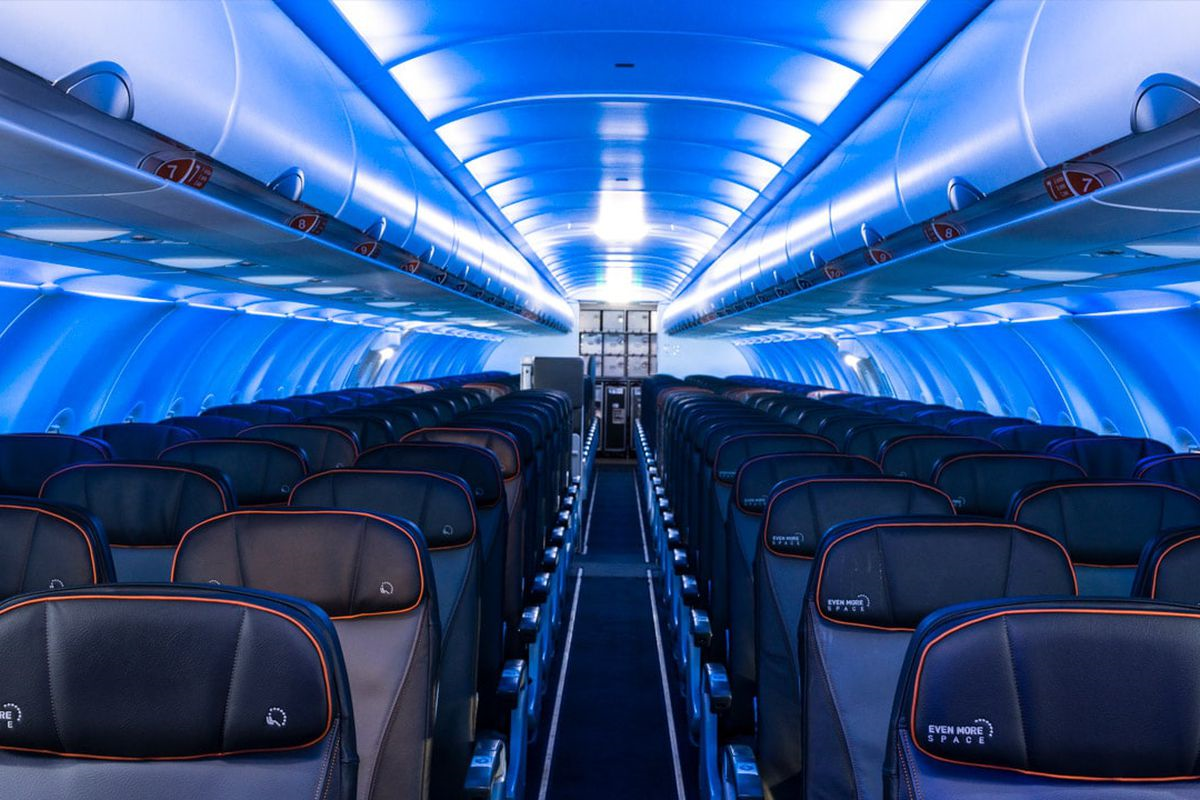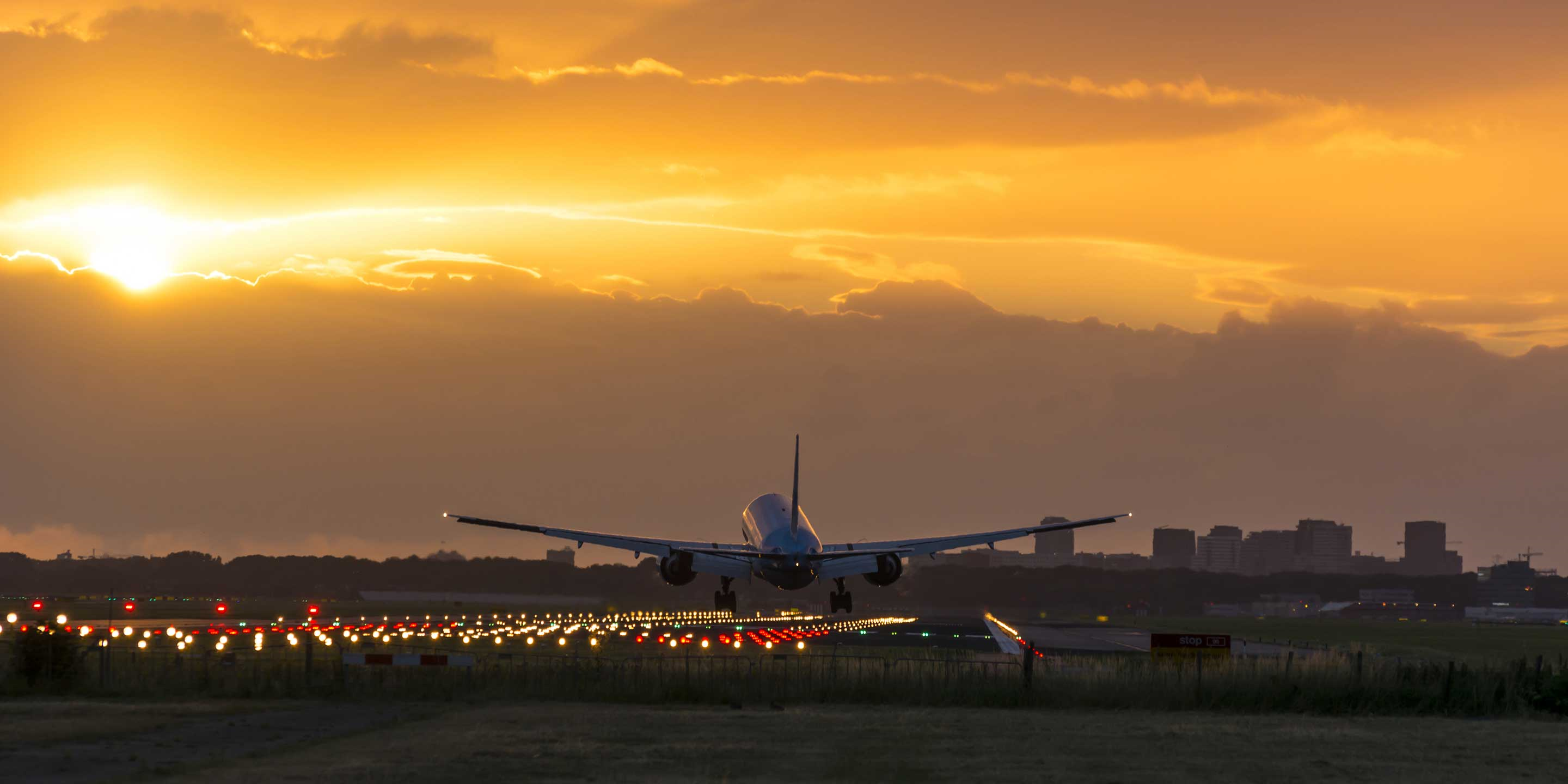Description
Most air travellers are well aware of the procedure to be followed when the plane is taking off and landing. The regular routine of being in the seats, fastening up of seat belts and sitting in an upright position, is learnt by heart by regular passengers. However a more common phenomenon which does not arise much curiosity among passengers is the dimming of light in the plane. Whenever the plane lands or takes off the fuselage lights are dimmed. The main reason as to why it is done is actually to ensure the safety of the passengers. It is well known that most of the airplane incidents/crashes happen during take off and landing

Our eyes take several minutes to adjust to changes in any lighting. Some elderly people could need even 30 minutes to adjust in the dark. Dimming the light can help our eyes to preadjust to low lights. So in case an emergency comes during night time , it will be easier for passengers to evacuate without stressing their eyes. These few seconds are particularly important as it can prevent loss of life. Also when lights are dimmed emergency lighting and illuminated pathways will be visible more clearly. For the same reason window lights are also asked to be raised so that whether it is day or night we get acclimatized to the lights outside in case of an emergency. In case of overnight flights lights are dimmed so that passengers can dose off in a more comfortable manner. Now modern technology has allowed such lightening which minimizes jet lag.

Also dimming the cabin lights during take off and landing lowers the power consumption of an airplane. Taking off and landing takes up a lot of power. So if lights of cabin are dimmed then all the power can be redirected towards the same purpose.
